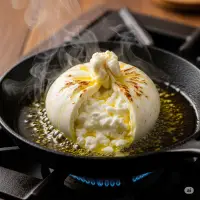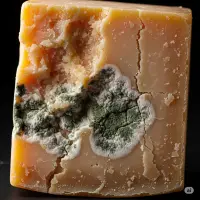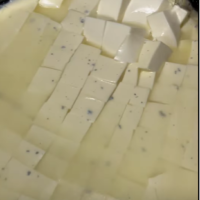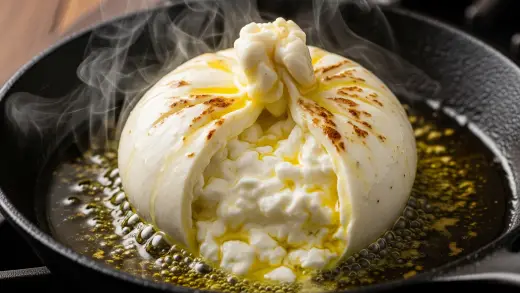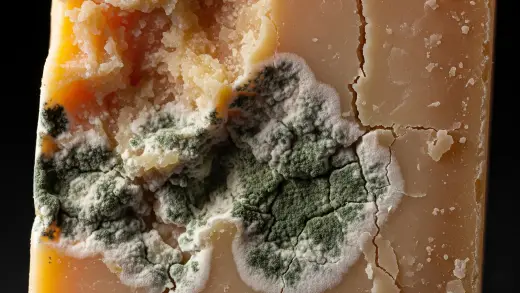Cheddar cheese is a pantry classic—but did you know not all cheddars are created equal? Among the many cheddar variations, “aged cheddar” and “sharp cheddar” are two of the most debated categories among cheese lovers. If you’re curious about how these two types differ, when to use them, and why their flavors stand out, you’re in the right place.
Dive into this guide to learn everything you need to know about aged cheddar versus sharp cheddar, including their flavor profiles, uses, and key differences. Whether you’re a cheese aficionado, a home cook, or just someone who loves food, this guide will help you make the most of cheddar in your kitchen.
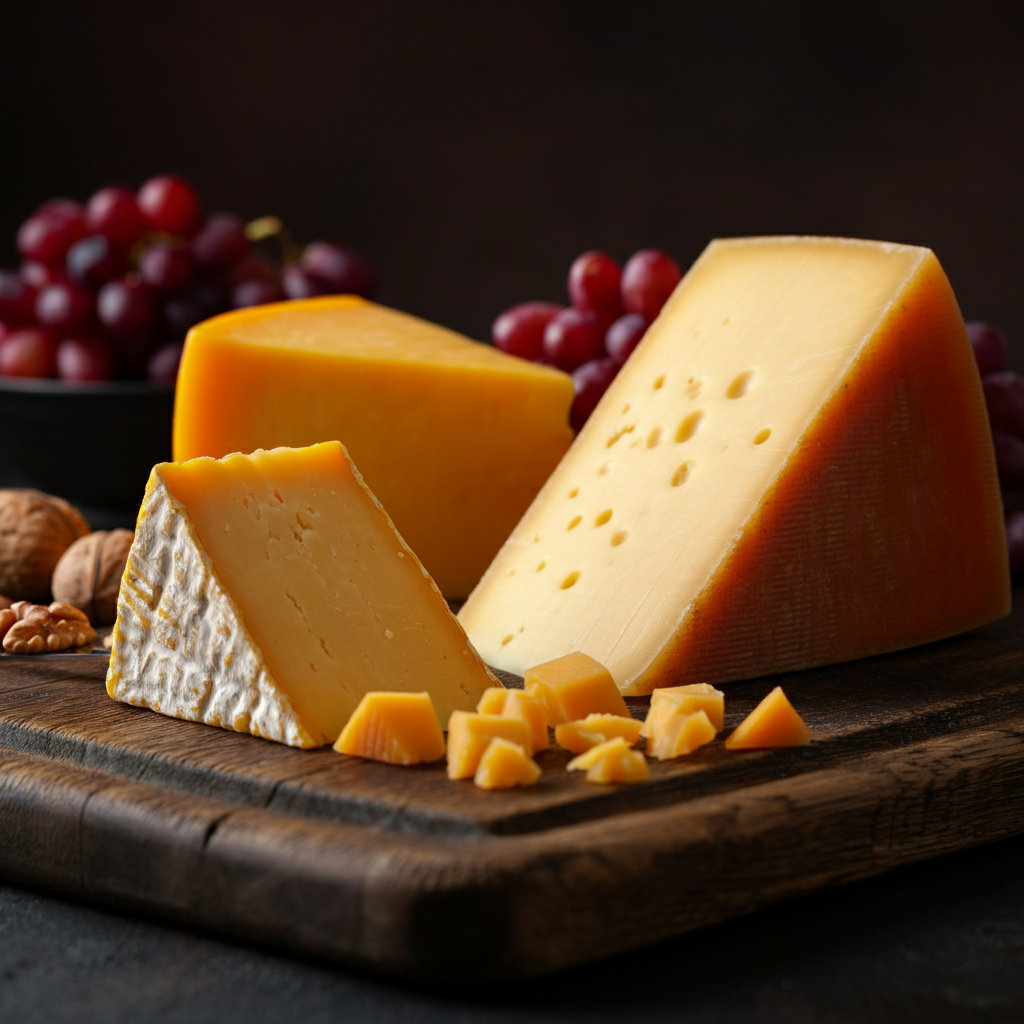
Understanding Cheddar Cheese
Cheddar cheese, loved for its versatility and bold flavor, originates from the English village of Cheddar in Somerset. Over centuries, its popularity soared, and now it’s a staple in kitchens worldwide. But with great variety comes the challenge of knowing which cheddar to choose.
Why does this matter? Because different types of cheddar have unique uses, and understanding the differences can take your cooking (or snacking) to the next level.
What is Aged Cheddar?
Definition & Aging Process
Aged cheddar refers to cheese that has been matured for a longer period—typically 12 months or more. The aging process allows the cheese to develop deeper and more complex flavor profiles. Some aged cheddars may be aged for up to 10 years for a truly intense experience.
Flavor Profile & Texture
Aged cheddar features a rich, sharp, and tangy flavor. This is accompanied by a crumbly or grainy texture that’s firmer than younger cheddars. The aging process concentrates the cheese’s flavors, adding nutty, earthy, or even caramel-like notes.
Common Uses & Pairings
- Culinary Use: Aged cheddar is ideal for snacking, cheese boards, and luxurious recipes like baked mac and cheese.
- Pairings: Perfect with bold red wines, aged whiskey, honey, dried fruits, and crusty bread.
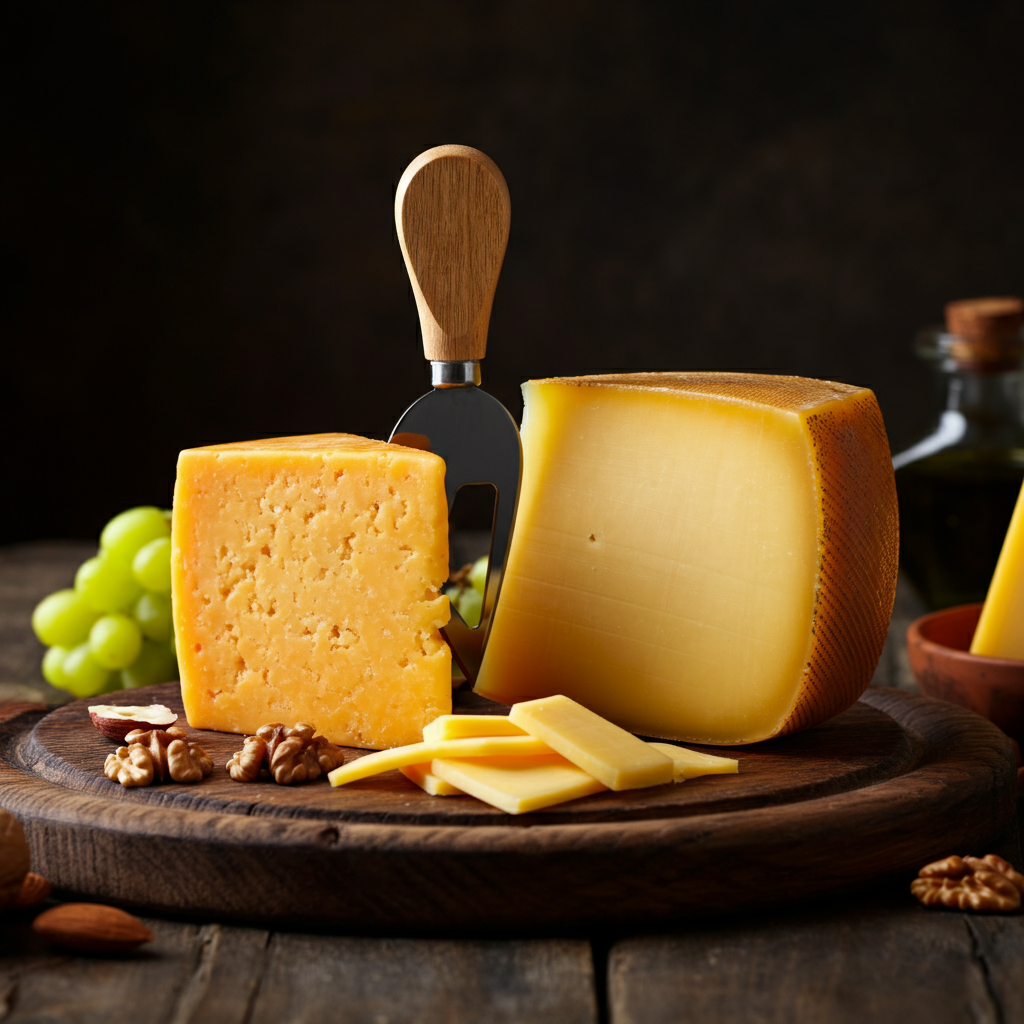
What is Sharp Cheddar?
Definition & Aging Process
Sharp cheddar is named for its acidity and tanginess. Typically aged for 6–12 months, this period is shorter than aged cheddar but long enough to develop a bold flavor when compared to mild or medium cheddar varieties.
Flavor Profile & Texture
Sharp cheddar retains a creamy and smooth consistency, with a pronounced tang that wakes up your palate. While it has mild hints of nuttiness, its flavor progression isn’t as intricate as aged cheddar’s.
Common Uses & Pairings
- Culinary Use: Sharp cheddar is versatile—use it for grilled cheese sandwiches, cheeseburgers, or casseroles.
- Pairings: Pairs wonderfully with pale ales, sliced apples, or savory crackers.
Key Differences Between Aged and Sharp Cheddar
Knowing the distinctions can help you determine which cheddar to reach for in your next recipe or pairing.
Aging Time and Flavor
- Aged Cheddar: Matured for 12+ months, with a tangy and complex flavor.
- Sharp Cheddar: Aged for 6–12 months, with a bold yet simpler tang.
Texture and Appearance
- Aged Cheddar: Crumbly, firm texture with a darker or deeper orange color (if colored with annatto).
- Sharp Cheddar: Smooth and creamy, with a lighter orange or pale-yellow hue.
Nutritional Differences
- Aged cheddar typically has lower moisture content and slightly more protein and fat per serving.
- Both types, however, are excellent sources of calcium and Vitamin D.
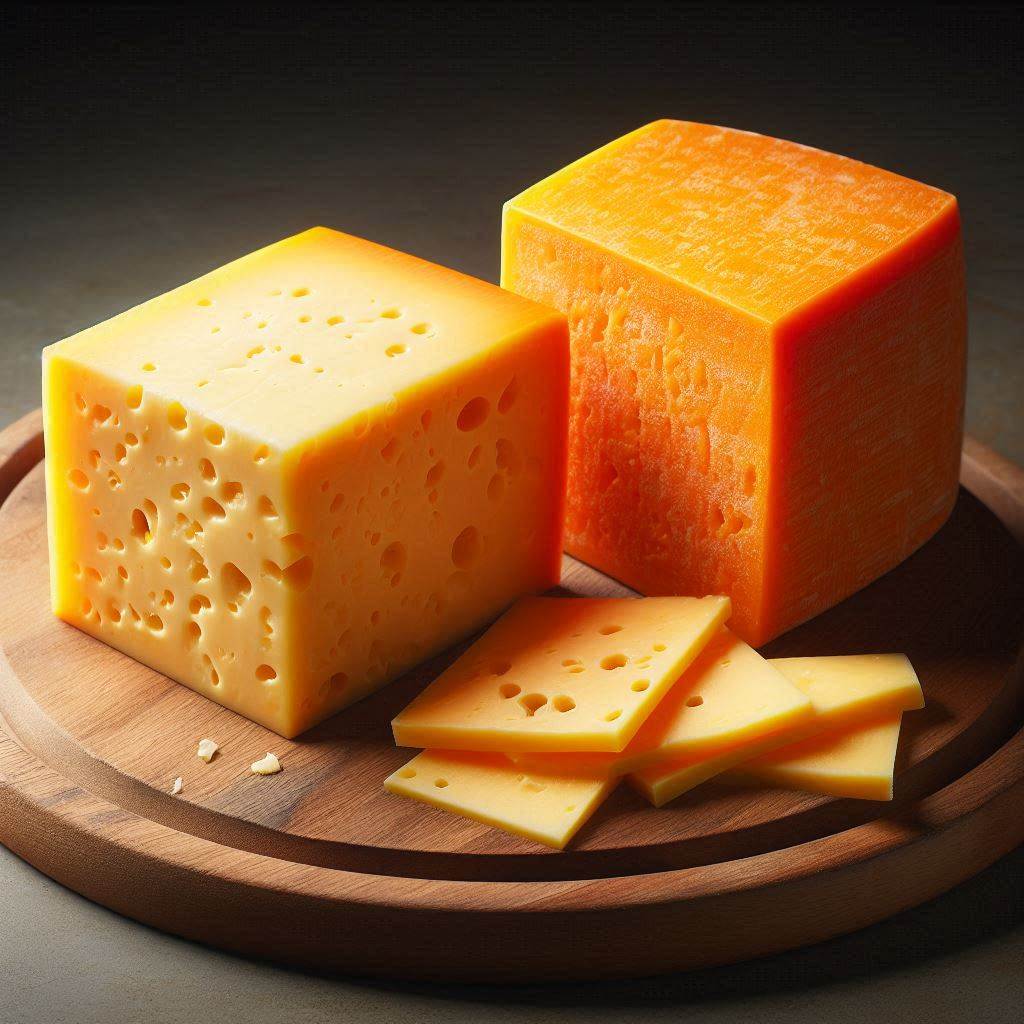
A table showing the differences between Aged cheddar vs sharp cheddar
When it comes to cheddar cheese, both aged and sharp varieties have their unique characteristics. Each brings its own flavor profile and texture, making them suitable for different culinary uses. Here’s a comparison to help you understand the key differences between aged cheddar and sharp cheddar:
| Aspect | Aged Cheddar | Sharp Cheddar |
| Flavor | Rich, complex, intense, and sharp | Pronounced, tangy, and robust |
| Texture | Firmer, crumbly, often crystalline | Smoother, creamier, slightly crumbly |
| Color | Darker, ranging from deep yellow to orange | Lighter yellow, color can vary |
| Aging Time | Typically aged for a longer period (12 months or more) | Aged for a shorter period (6-12 months) |
| Use | Cheese boards, gourmet recipes, standalone snack | Sandwiches, cooking, melting |
I hope this comparison helps you choose the right type of cheddar for your needs!
Choosing the Right Cheddar for Your Needs
Not sure which type to pick? Consider these factors when choosing between aged and sharp cheddar.
Consider the Occasion
- Everyday Use: Sharp cheddar’s versatility makes it ideal for cooking and melting.
- Special Occasions: Impress guests with a carefully chosen aged cheddar on your next cheese board.
Meltability Matters
Sharp cheddar melts like a dream, making it a go-to for grilled cheese sandwiches and hot dishes. Aged cheddar, on the other hand, tends to crumble when melted, making it better suited as a topping or garnish.
Flavor Pairing Tips
- Aged Cheddar: For craft lovers, its nuanced flavors go well with IPAs, honey-drizzled walnuts, or sourdough bread.
- Sharp Cheddar: Comfort foods like chili, creamy soups, or apple pie come alive with sharp cheddar.
Popular Brands and Varieties
If you’re ready to stock your fridge with top-notch cheddar, start with these brands often praised for their sharpness and aging quality.
Top Picks for Aged Cheddar
- Cabot Clothbound Cheddar: Known for its nutty flavor and crumbly texture.
- Tillamook Aged White Cheddar: A classic aged cheddar offering smooth tanginess.
- Beehive Cheese Co. Barely Buzzed: Offers a uniquely rich flavor infused with espresso.
Top Picks for Sharp Cheddar
- Cracker Barrel Sharp Cheddar: Affordable and perfect for the everyday cook.
- Kerrygold Aged Cheddar: Grass-fed creamy cheddar with a sharp tang.
- Cabot Seriously Sharp Cheddar: One of the boldest sharp cheddars on the market.
Recap and Your Next Steps
Cheddar cheese is a versatile and beloved kitchen staple, but understanding the differences between aged and sharp cheddar can elevate your culinary adventures. Aged cheddar shines with its complex, bold flavors perfect for special occasions. Sharp cheddar, with its tangy yet creamy texture, is a reliable, everyday favorite.
Why not take the challenge to try both styles? Create a cheese board, experiment with recipes, and discover which cheddar shines brightest in your kitchen. For more cheesy insights, check out our article, “Is Hoop Cheese Cheddar?”.
Happy cheesing!




